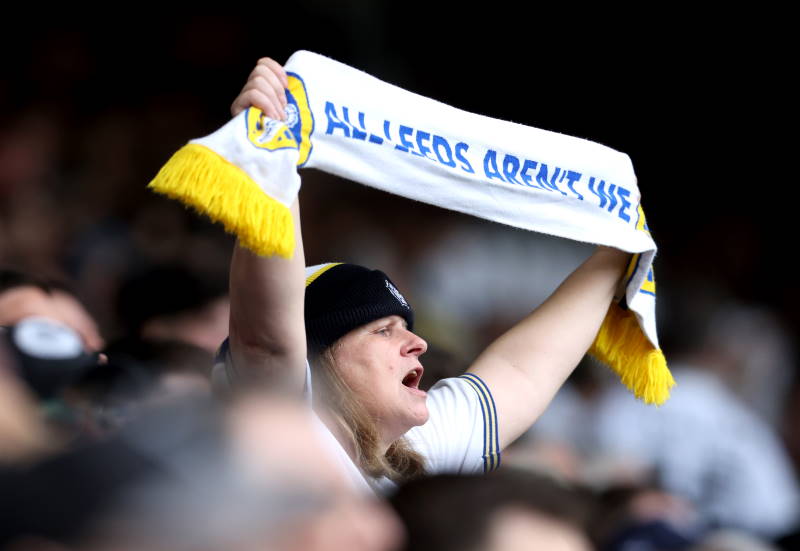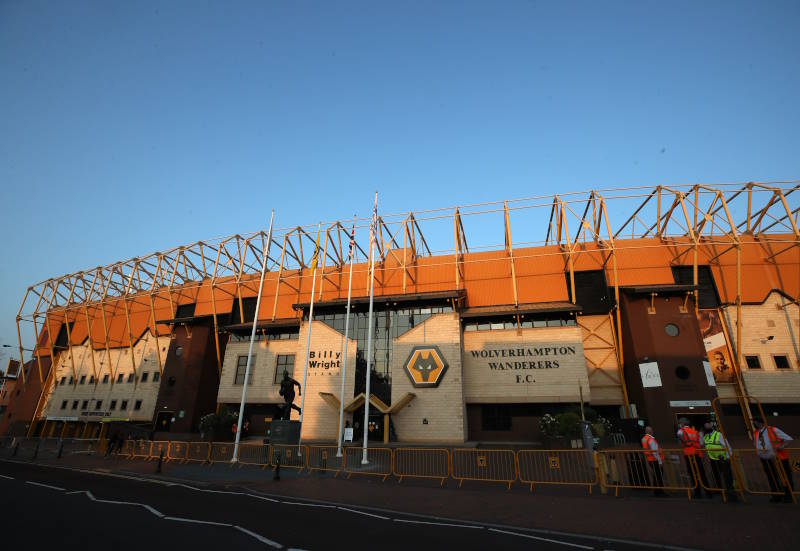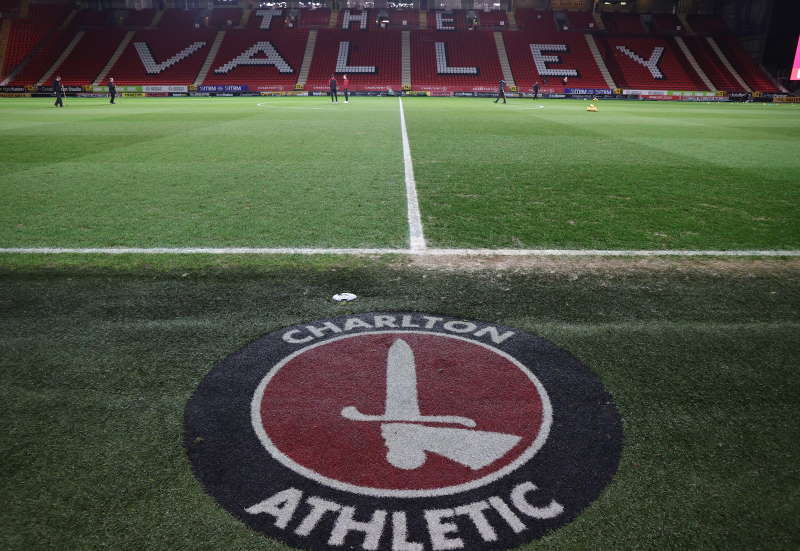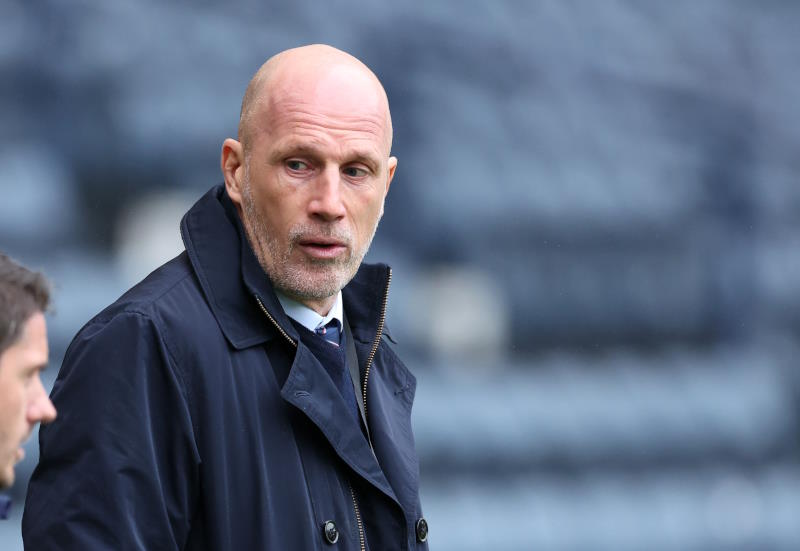
In 1956, the first European Cup final took place as Real Madrid and Stade Reims battled for glory at the Parc des Princes in Paris; Real Madrid won 4-3. At the same time, AJ Auxerre, a nondescript French team without any significant history, were struggling financially and a 17-year-old called Guy Roux was captain of their junior team.
The two teams have taken quite different paths since. Reims won three Ligue 1 titles, a Coupe de France and lost again to Real Madrid in the European final. The northern France side were relegated in 1978/79, and have since spent their time in obscurity. The season following Reims’ relegation, Auxerre were promoted to Ligue 1 for the first time, and enjoyed a heady rise to the top of the French football tree, winning the league and competing with sides of the stature of AC Milan on Europe’s biggest stage.
And so, when Auxerre were relegated in the recently completed 2011/12 season, as Reims won back promotion to Ligue 1 after 33 years, it was a significant moment in France’s footballing history, and the passing of a baton back between two of the country’s most famous teams.
It was also a particular personal tragedy for Roux, who spent an astonishing 44 years at the helm of Auxerre from 1961-2005; this was quite an achievement too considering AJA had been through 10 managers in 17 years prior to his appointment. Auxerre are a team that he, more than anyone else, built. In fact, Roux is probably the one individual who has done more to influence the history of a single team than any other. He created the side, their style, the youth structure and won Auxerre a place among Europe’s elite when they won the French league title in 1996. Roux also took AJA to within a penalty shootout of reaching the UEFA Cup final in 1993.
Things began to unravel at the Stade de l’Abbe-Deschamps when Auxerre qualified for the Champions League in the 2009/10 season under Jean Fernandez. The following year the club struggled and eventually finished ninth, though only after a battle against relegation. It was a rollercoaster campaign which started with games against Real Madrid, Ajax and AC Milan, but for a while threatened to send Auxerre into the second tier. Fernandez’ men struggled for goals and found it difficult to get going until a late surge at the end of the season took them into the top half. But that was in a tightly congested league in which half the teams were fighting the drop in the final weeks of the campaign.
Before the 2011/12 Ligue 1 season got started, Auxerre lost their two most talented performers – Polish hitman Ireneusz Jelen and midfielder Benoit Pedretti. AJA were helped early on by the good form of Alain Traore, but however good the 23-year-old forward may be, his goals were not enough on their own. Kenyan striker Dennis Oliech grabbed ten as Auxerre lost just one of their first ten league games, but the momentum ran out, and in a league as competitive and tightly fought as Ligue 1, the club Roux built quickly plummeted to the bottom. They brought in Congo boss Jean-Guy Wallemme to replace Laurent Fournier as coach in the final weeks of the season, however it was too little too late, and despite a short revival, Auxerre finally dropped into the second tier.
With their relegation French football has lost one of its most important teams from Ligue 1, a side that has contributed much to the sport in the country. The silver lining is that Auxerre are replaced by Reims, a team who have also been highly significant in the telling of France’s story of the game. Reims’ European success was built on the back of a dominant showing domestically, as the club won six league titles between 1949 and 1962, with Albert Batteux responsible for all but one.
Batteux left to continue his personal domination of French football with Saint-Etienne, and with his departure Reims’ fortunes suffered. It would be unfair to put all their good work down to Batteux, with legendary players such as Just Fontaine, Raymond Kopa and Michel Hidalgo having counted for much. Though it is also telling that after having finished runners-up to Monaco in his last season, Reims came 17th the year after and were relegated. Though the famous club bounced back into Ligue 1, it was not for long, they soon dropped down again, but a yo-yo-like existence did see the side return for a stint in the top flight which lasted for almost a decade.
On their return to the second division, Reims encountered financial problems and were eventually liquidated in 1992. The club was renamed Stade de Reims Champagne and slowly rebuilt, in part thanks to the assistance of French retail chain Alain Afflelou. Reims reverted to their original name in 1999 and returned to the French professional leagues in 2002. They have been relegated twice since, but returned swiftly on both occasions, and manager Hubert Fournier has moulded a team of experience and young talent into a solid unit. The firepower of Cedric Faure and Kamel Ghilas has helped send Reims into Ligue 1, as has the creative Romain Amalfitano, the brother of Marseille midfielder Morgan; so good were Romain Amalfitano’s performances that he has been snapped up by English Premier League side Newcastle United. Fournier has also been able to count upon a solid defence and that essential bit of luck, with the centre back pairing of Anthony Weber and Mickael Tacalfred not missing a single league game throughout 2011/12.
Reims’ ascension back to the top tier of French football is timely, with the t-shirts celebrating promotion already available on the club website. Particularly given Auxerre’s plight, not to mention the continual problems faced by AS Monaco in Ligue 2, Reims’ presence back in the top division, allied with Saint-Etienne’s return in 2004, means that the history boys’ are now back amongst the elite of French football.












